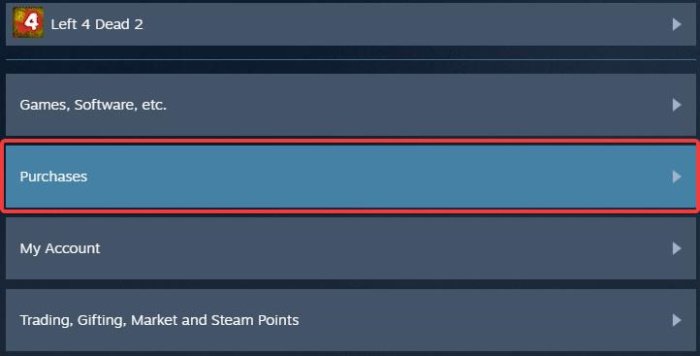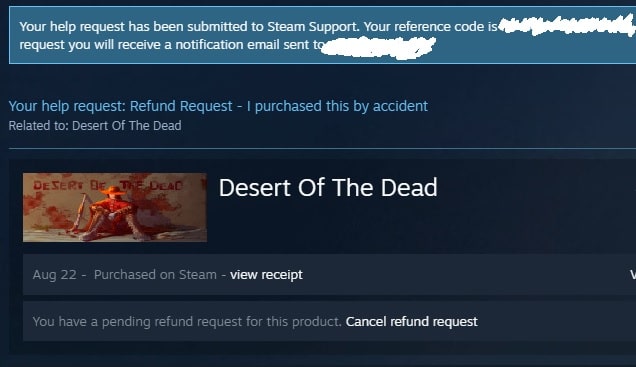

Other than that, refunding gifts works much the same as before. If a friend declines your gift, the purchase will be refunded instead of the game appearing in your inventory. Where gifts used to exist as items in your inventory, they must now be sent or scheduled to one of your Steam friends at the time of purchase. Since the start of May 2017, gifting games on Steam works a little differently. How has Steam's new gifting system changed the way refunds work? It's also worth noting that while you can claim a refund outside the two-hour/14-day refund window, Valve may notice if you abuse this to farm cards and prevent you from requesting refunds in the future.Īchievements, meanwhile, have no such farming restrictions, and can be earned freely during the two-hour refund window without issue. For less-popular games, this can mean cards won't start dropping until the 14-day refund window has passed. This threshold, what Valve calls its 'confidence metric', varies from game to game, and is intended to stem the tide of 'fake' games released purely to make money from farming trading cards. Instead, a game must accrue a certain number of owners and players before its cards will start dropping. The second change Valve made to the trading card system stops games from dropping cards the moment they're released on Steam. This restriction initially applied to all Steam users, but Valve has since limited it to new accounts and accounts that have made a refund request within the last few months. The first change prevents cards from dropping until after you've put at least two hours into a game, by which time you're no longer eligible for an automatic refund. This was a problem when Steam refunds were first rolled out, but Valve subsequently updated the Steam Trading Card system in two key ways to minimize abuse. Can people farm games for achievements/cards and then refund them? If we think the refund system is being misused we’ll decline to grant future refunds." Please keep in mind that refunds are not a method for trying out games. "You’ve requested a bunch of refunds recently. The standard warning message is as follows: While there is no official number on how many games you can refund before receiving the warning, it seems to trigger after issuing around five refunds within six months. If you issue multiple refund requests within a short period of time, Valve will send you a warning along with your refund ticket stating that the refund system is not to be used as a way of demoing games. Can you get a warning for refunding too many games? Because the Steam refund window is typically only 14 days, developers technically don't lose money from refunds-they simply never see the sale in the first place. Valve doesn't distribute sales revenue to developers until the end of the calendar month after the sales have been made, meaning devs don't see money from January's sales until the end of February.

When you buy a game on Steam, the money doesn't go straight to the developer. How does the financial side of refunds work for Valve and the developer? Within a week, your purchase will be refunded.If it’s within 14 days of purchase and you’ve played for less than two hours, the refund request is automatically approved.Select "I would like a refund," and then "I'd like to request a refund." You can then choose your Steam Wallet or the payment method you'd like to receive your refund through.Go to the Steam support page and click "Purchases," then click the game you'd like to refund.With this primer in hand, your next Steam refund should go a lot more smoothly. It addresses the most confusing aspects of Steam's refund system, demystifying them using information sourced from Valve's fragmented FAQ, official Steam Support forum responses, and discussions we've had with game developers. That's why we've put together this Steam refund primer: an Advanced FAQ, if you will.

Even Valve's own Steam refund FAQ offers only the most basic of explanations as to what you can and can't refund, neglecting a number of important questions Steam users deserve the answers to. Much of the refund process is poorly-explained or hidden from the average Steam user completely, making it tough to understand why the system works the way it does. Fast forward two years, and Steam refunds have struggled to deliver on that promise.


 0 kommentar(er)
0 kommentar(er)
